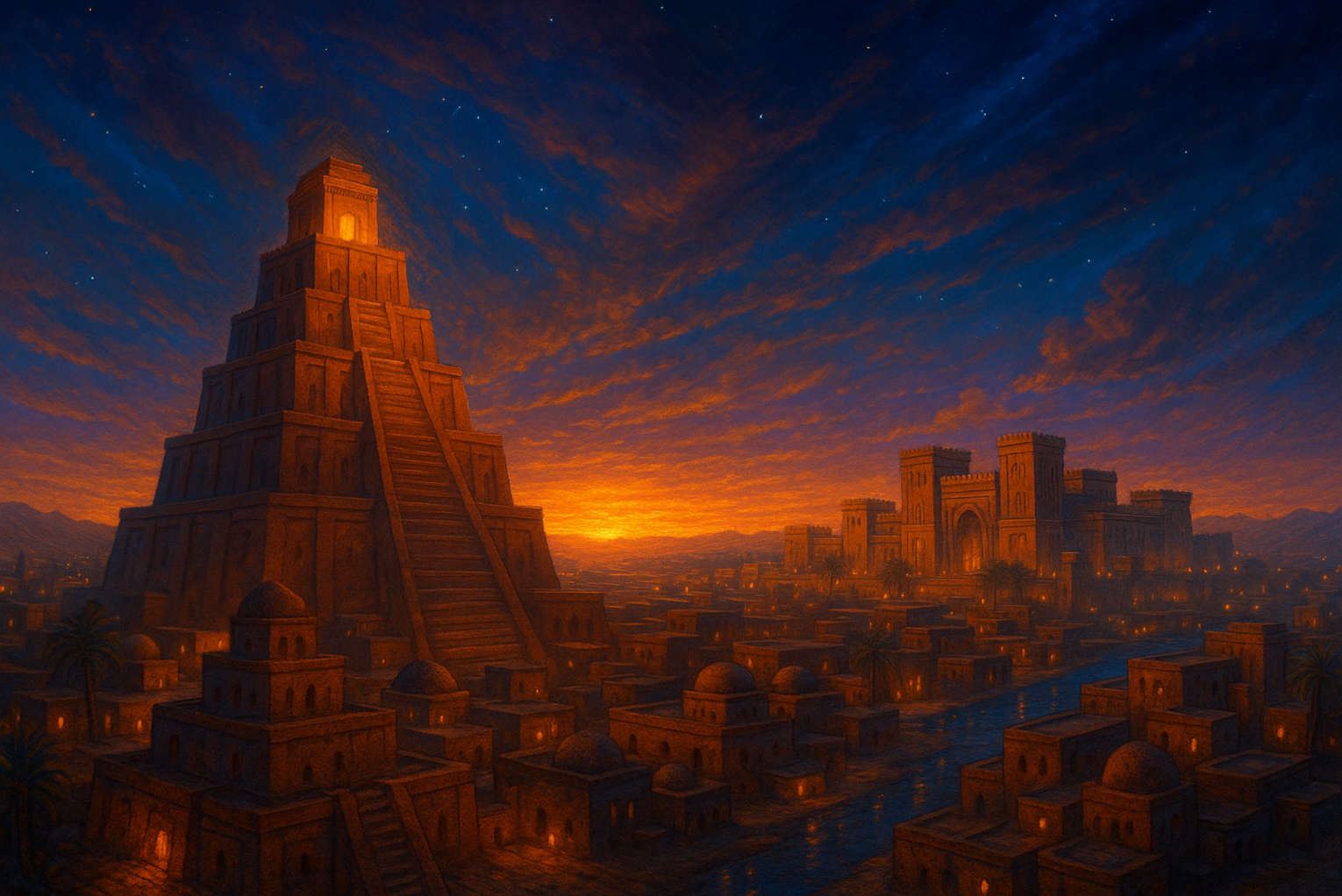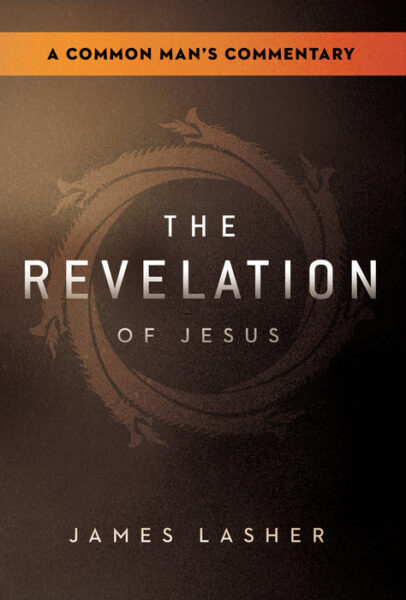Is Babylon in Revelation 17 a symbol for Rome, the Vatican or even the United States? According to Pastor James Kaddis, the answer is much simpler, and much more literal. In a bold and eye-opening teaching, Kaddis walks viewers through Scripture, arguing that “Babylon the Great” is not a metaphor at all but a real, future city located in present-day Iraq.
Not Mystery Babylon—Just Babylon
Kaddis wastes no time challenging a popular misconception: that Revelation 17:5 refers to “Mystery Babylon.” He explains that the word mystery isn’t part of Babylon’s name, but rather a signal that a divine secret is about to be revealed. In other words, the mystery is what Babylon is, not who. And for Kaddis, that answer is clear: it’s the literal city of Babylon.
Breaking News. Spirit-Filled Stories. Subscribe to Charisma on YouTube now!
Many interpret the passage as symbolic, assigning it to globalism, a religious system, or even American culture. But Kaddis says such views read too much into the text and miss the straightforward meaning.
Scripture Interprets Scripture
Here’s where it gets really compelling—Kaddis doesn’t just hang this idea on one passage. He takes viewers through a thorough Bible study, linking Revelation to Old Testament prophecies from Jeremiah 50–51 and Isaiah 13–14. These chapters describe the total destruction of Babylon during the “Day of the Lord,” complete with cosmic disturbances, earthquakes, and desolation that, according to Kaddis, haven’t happened yet.
His point? If those events haven’t taken place, then the prophecy hasn’t been fulfilled, and that means a future, literal Babylon is still on the horizon.
Pre-order James Lasher’s Newest Book “The Revelation of Jesus” on Amazon.com!
A Last-Days Superpower?
Not only does Kaddis believe Babylon will be rebuilt, but he also makes the case that it will serve as the epicenter of commerce, false religion and political deception during the Tribulation. He draws connections between Revelation 18’s list of luxurious cargo and the kinds of goods flowing out of the Persian Gulf region today, oil, gold, spices and more.
He even references Zechariah 5, which speaks of a strange “ephah” being established in the land of Shinar (ancient Babylon). Kaddis interprets this as a prophetic clue that the Antichrist’s base of operations will be set up in the same geographical location as the Tower of Babel.
Debunking the Rome Theory
What about the famous “seven hills”? Surely that’s Rome, right? Not so fast. Kaddis breaks down Revelation 17:9–10, pointing out that those “seven mountains” are clearly described as seven kings, rulers, not landmarks. It’s a detail he says many overlook in favor of tradition.
And as for the harlot riding the beast? Kaddis notes that Babylon is destroyed by the very system it partners with. That wouldn’t make sense if they were the same entity, would it?
Why This Matters Now
This isn’t just theological trivia, Kaddis believes understanding Babylon’s identity has massive implications for how we interpret end-times prophecy. When believers replace literal Scripture with metaphor, he warns, they open the door to dangerous speculation and distraction.
Join Charisma Magazine Online to follow everything the Holy Spirit is doing around the world!
That’s why Kaddis calls for a return to a literal reading of God’s Word, especially in prophetic texts. If Scripture is clear, we should take it at face value, unless the Bible itself tells us otherwise.
Stay Grounded in the Word
As the world shifts and the headlines grow darker, the key to understanding the days we’re living in is to know your Bible and to use spiritual discernment when filtering what you see in the news.
In a time of great deception, one thing hasn’t changed: God’s Word is still the truth. And if you’re paying attention, it’s more relevant now than ever.
James Lasher is staff writer for Charisma Media.








































